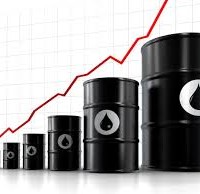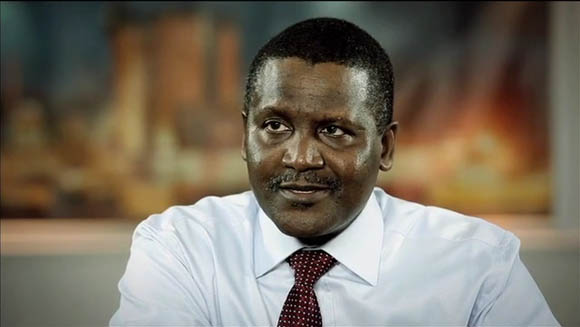Oil Drops From Seven-Week High On Outlook For Economy
Oil fell from a seven-week high in New York on concern fuel demand may falter after Chinasignaled more economic weakness and analysts cut their profit forecasts for European companies at the fastest rate since 2009.
Futures slid as much as 0.7 percent after advancing a fifth day yesterday, the longest run of gains since April. The labor situation in China, the world’s second-biggest crude user, will become more “severe,” Premier Wen Jiabao said, according to a statement on the government’s website. Profits at Euro Stoxx 50 Index companies will rise 6.8 percent this year, more than 12,000 estimates compiled by Bloomberg show. That compares with a 19 percent gain predicted at the start of the year.
“I don’t think we have a very strong momentum on the oil market because the economy is not that strong in Europe, the U.S. and China,” said Ken Hasegawa, a commodity-derivative sales manager at Newedge Group in Tokyo. “We would expect some profit taking after five days of gains.”
Oil for August delivery dropped as much as 63 cents to $88.59 a barrel in electronic trading on the New York Mercantile Exchange and was at $88.98 at 2:57 p.m. Singapore time. The contract gained 0.9 percent yesterday to $89.22, the highest close since May 29. Prices are down 10 percent this year.
Brent crude for September settlement on the London-based ICE Futures Europe exchange declined as much as 78 cents, or 0.8 percent, to $103.22 a barrel. The European benchmark contract was at a $14.41 premium to New York-traded West Texas Intermediate grade, down from $14.46 yesterday.
Technical Resistance
Oil in New York climbed too quickly for further gains to be sustainable, according to data compiled by Bloomberg. The 30-day stochastic oscillators are above 70 for the first time since March, a level that signals price gains are exaggerated. Sell orders may be clustered near technical resistance along the upper Bollinger Band, around $90 a barrel today.
“If $90 can’t be breached then I think we’ll come in for a bit of a correction lower,” Jonathan Barratt, the chief executive officer of Barratt’s Bulletin, a commodity-markets newsletter in Sydney, said in a telephone interview. “You can possibly see a pretty ugly scenario from Europe developing.”
Euro Stoxx 50 Index companies will earn 240 euros a share in 2012, 6.8 percent more than in 2011, according to more than 12,000 estimates compiled by Bloomberg. That compares with a 19 percent gain predicted at the start of the year. The reduction is the biggest since 2009, when analysts trimmed by 42 percentage points. ASML Holding NV (ASML) starts the European earnings season with its results today.
U.S. Stockpiles
Crude has declined this year on concern Europe’s debt crisis will derail global economic growth. The European Union accounted for 16 percent of the world’s oil consumption last year, according to BP Plc (BP/)’s annual Statistical Review of World Energy. The U.S. accounted for 21 percent and China for 11 percent.
Prices rose yesterday after an American Petroleum Institute report showed U.S. crude inventories fell and Federal Reserve Chairman Ben S. Bernanke said the central bank is prepared to act to boost growth if the labor market doesn’t improve.
Stockpiles dropped 2 million barrels last week, the industry-funded API said. An Energy Department report today will probably show supplies decreased 1.3 million barrels, according to the median estimate of 10 analysts surveyed by Bloomberg News.
Gasoline inventories slid 116,000 barrels, the API said. They are forecast to increase 1.2 million barrels in the government report, according to the survey. Distillate supplies, a category that includes diesel and heating oil, climbed 3.4 million barrels, compared with a projected 1.3 million-barrel gain.
The API collects stockpile information on a voluntary basis from operators of refineries, bulk terminals and pipelines. The government requires that reports be filed with the Energy Department for its weekly survey.
Bernanke said tools available for policy easing include further purchases of assets, reducing theinterest rate on bank reserves kept at the Fed, and altering its communications on the outlook for rates. He made the remarks responding to questions during testimony to the Senate Banking Committee in Washington.








